What happens when you decide that forever is too long?
Getting a brand-new tattoo can be exhilarating. Many people use tattoos to honor loved ones, symbolize their interests, connect with friends and in some cases — just for fun. It is a unique way to have art memorialized on your body forever. But, what happens when you decide that forever is too long?
There are various ways to approach tattoo removal, but not all options are created equal. Tattoo removal cream is ineffective, surgical excision will likely leave scarring and dermabrasion is less predictable than a laser.
Many experts find laser treatment to be the most effective removal method, and with new advancements that reduce the risk of scarring and better results on colored ink, it has become a popular choice.
However, laser tattoo removal can be uncomfortable, time-consuming and a big financial commitment.
According to Removery, the largest laser tattoo removal company, most tattoos can be removed in about 10 to 12 treatments but this varies from person to person due to factors like skin type, whether a tattoo has been covered up, ink colors and more. Most technicians suggest that patients wait six to eight weeks between sessions to optimize healing as their immune system removes pigment particles.
Regardless, the desire to get a tattoo removed is enough for many people to go through with the treatments.
Chicago has over 25 laser tattoo removal service locations around the city but is lacking locations in the South Side.
Leave Me Alone
Getting a tattoo with personal meaning is not uncommon, but any visible tattoo can open you up to unwanted public attention. Katherine, a Ph.D. student, who asked to use a pseudonym due to the personal nature of this article, got her sisters’ names tattooed on her back eight or nine years ago. After getting the tattoo, she dealt with prying strangers approaching her for five years before deciding to get it covered up.
People would approach Katherine on the street to ask her about her tattoo and even use it as an attempt to hit on her.
Eventually, Katherine dealt with enough irritation from strangers that she decided to have a friend cover it up with new artwork over the tattoo. The cover-up was not exactly what she had envisioned and was too dark for her liking. By March 2023, she began the laser removal process in her home country outside of the United States.
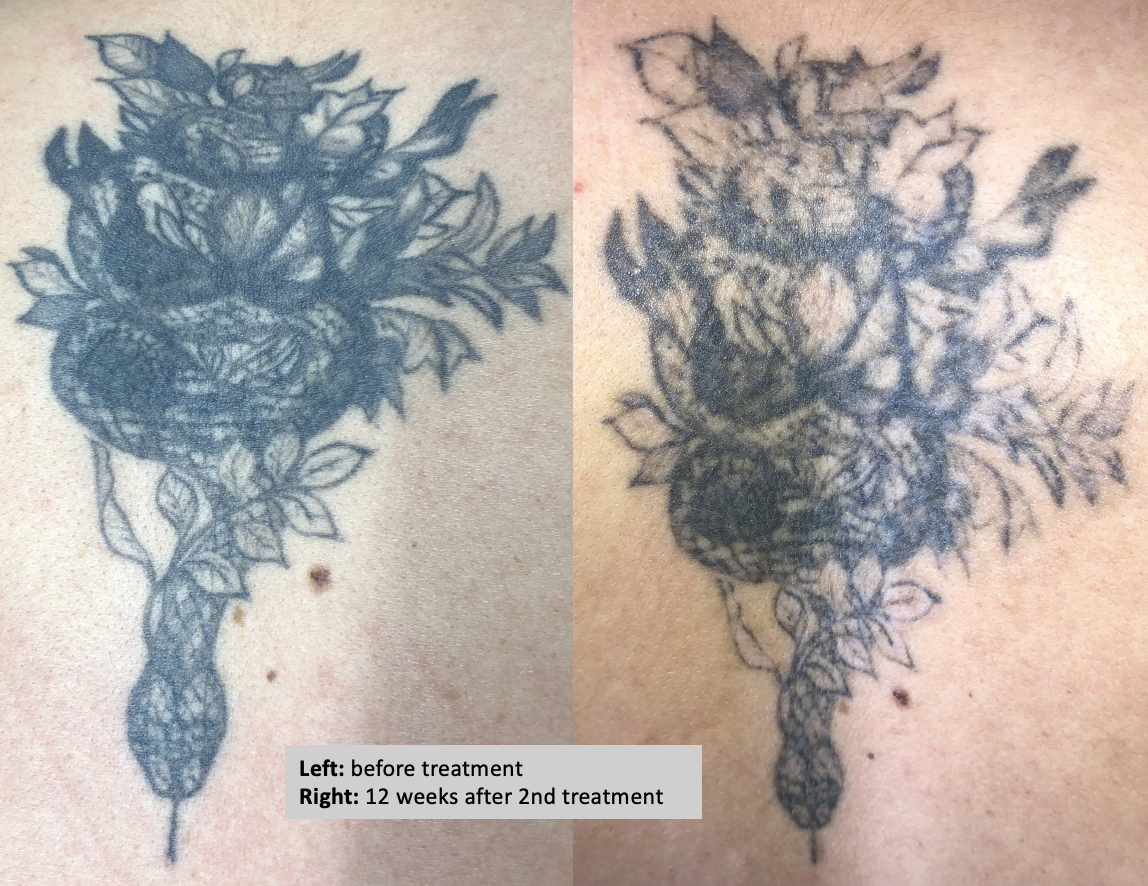
Katherine’s tattoo before treatment and 12 weeks after her second laser appointment. Courtesy of Katherine.
Katherine is taking the process in stride and has not felt urgency in her removal process, especially because it is out of sight. She has found patience in her process and has even come to like her tattoo more throughout her removal since it is no longer so dark and attention-grabbing.
After being in the shoes of a visibly tattooed person Katherine has taken away a new lesson. “I learned from just being in that situation that I don’t ask people why they got tattooed. ‘What it means?’ It’s none of my business unless they want to tell me,” she said.
While Katherine has not yet committed to any American tattoo removal services, she does plan on continuing her process back home during the holiday break and hopes to eventually reach complete removal.
Tattoo Snob
Tattooing was illegal in New York state until 1997 but that did not stop Jeff Garnett from getting his tattoos. This meant in 1991, when Garnett was 18, he would have to go to an illegal tattoo shop or travel out of the state to get work done, but he was not hesitant.
“The quality of the tattoos were nowhere near as good as they are now. Through my late teens into most of my 20s, I got more and more tattoos, but they just weren’t great,” Garnett said.
He collected all sorts of sentimental tattoos through his 20s, but by his 30s the tattoo industry had adapted to the modern world. Garnett was now able to see amazing tattoo artwork from all over the globe on the internet. He eventually discovered a famous tattoo artist named Nikko Hurtado and after waiting two years for an appointment, he flew out to get a new tattoo style.
After getting the tattoo, he received lots of positive attention which changed everything for him.
“I became a tattoo snob, plain and simple. I loved my new tattoo so much that it made me really hate all the rest of my tattoos,” Garnett said. “Artistically — not what they meant, not what they represented.”
Garnett now had a taste of what a really good tattoo looked like to him, so he wanted more. His biggest challenge? His older tattoos took up a lot of space.
Before he knew about laser removal, he had some of his old work covered up like Katherine. Similarly, he was not pleased with the results, since it was too dark and a “disaster.”
Garnett was upset with the position he was in. After the cover-up, he ended up with a tattoo that he described as bigger and uglier than before but his (now) ex-wife shared a solution that she heard about while working in a dermatology office. Laser tattoo removal.

Jeff Garnett’s tattoo before treatment and the results after multiple laser session appointments. Courtesy of Jeff Garnett.
The choice to lighten old tattoos to eventually get a cover-up is not unique to Garnett’s situation.
“About 25% of our customers are having tattoos, removed or lightened, to have new ones put on again, and about 75%, [are] just after full removal,” said Mark Evans, founder of Removery laser tattoo removal.
Once Garnett realized he could free up space on his body for newer, better tattoos he went for it. However, it was still 2008 when Garnett started getting tattoos removed and the laser technology was not as advanced. The first two tattoos he got removed left him with a bit of scarring, but the third tattoo he had lasered was a very different experience.
“They blasted holes in my skin. I was bleeding all over the place. Giant blisters. I remember driving home and I was picking pieces of skin out of my hair that like exploded off of my shoulder blade and they severely scarred me.” Garnett said.
This experience changed things for Garnett emotionally, “I was very disappointed because I was just so excited about the idea of being able to clean it up,” he said.
The rough experience inspired him to study the tattoo removal industry himself and he eventually became laser certified.
Garnett’s own negative laser experience led to him opening up a laser tattoo removal clinic with his ex-wife in 2012, which over time became seven clinics. While Garnett’s position in the tattoo removal world has shifted over the years, he is still in the business today running his private clinic in Colorado. Some of his patients even referred to him as a “tattoo shrink.”
View this post on Instagram
“When people first come in there, they’re usually beating themselves up a bit. They’re upset, they’re full of regret, they spend a lot of money, they sit through a lot of pain. And it’s not like they’re even getting instant results,” Garnett said.
Garnett has found that forming a personal connection with clients by being friendly, remembering specific details about them and being supportive are the important elements that have enhanced comfort in his clients struggling emotionally.
People want tattoos removed for many reasons, whether it be unwanted attention, tattoo envy, professional opportunities, style or any other reason — but it’s always personal. It can be a long, uncomfortable process but Katherine and Garnett are examples of seeking out services to make life and this process as comfortable as possible.
———————————
Are you a former gang member, incarcerated, a survivor of human trafficking or have hate symbols or racist tattoos you want removed? Check out Removery’s INK-nitiative program that offers free tattoo removal on the hands, neck and face of approved applicants.
INKLESS, Jeff Garnett’s tattoo removal clinic offers special discounts to police, firefighters, nurses, doctors, EMTs and teachers in Colorado. Pro-bono services are also available for people who have cancer/radiation dot tattoos, trafficking tattoos, non-consensual tattoos and more. Learn more about INKLESS’ “Giving Back” program, here.
Header by Julia Hester


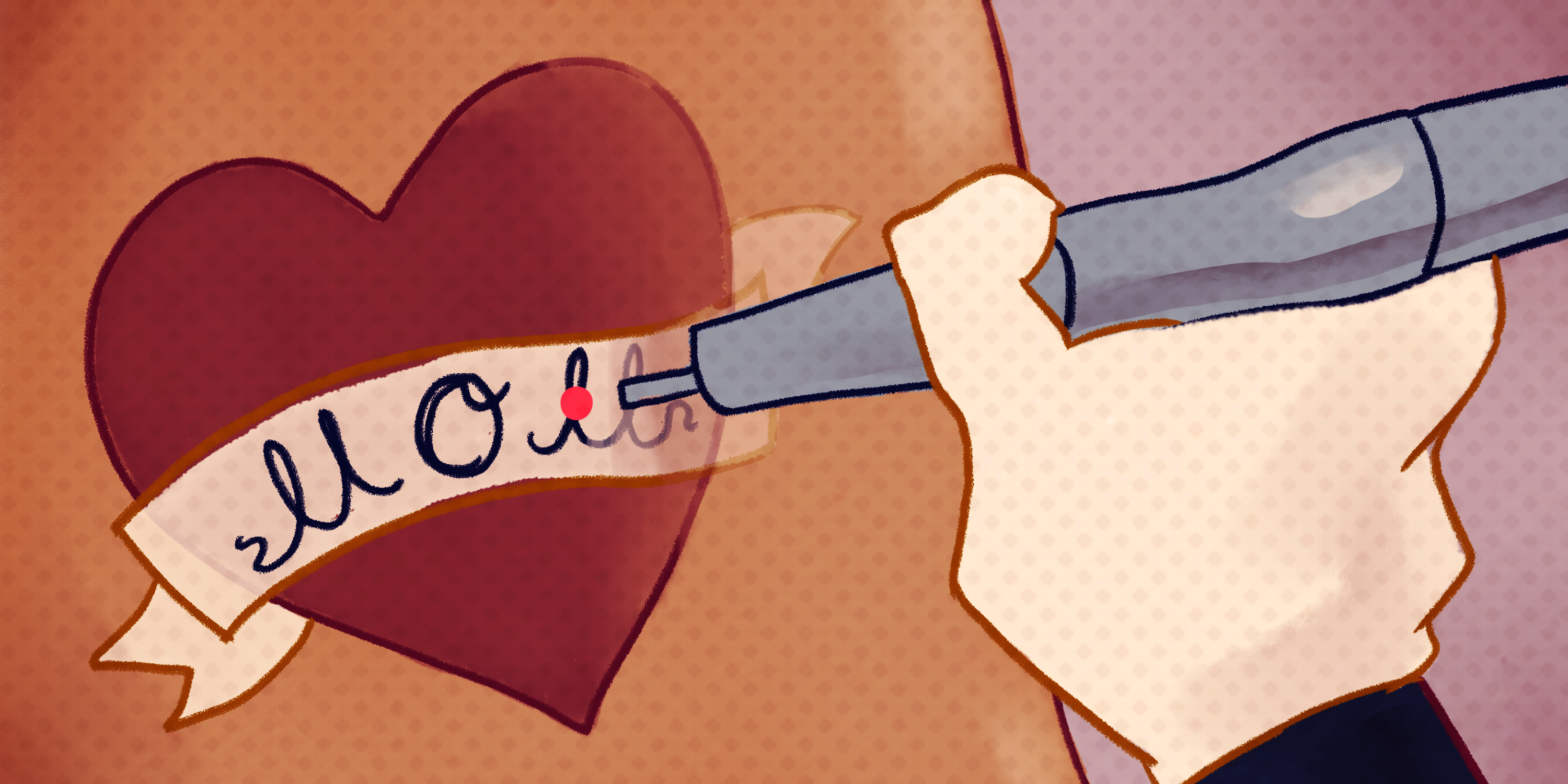
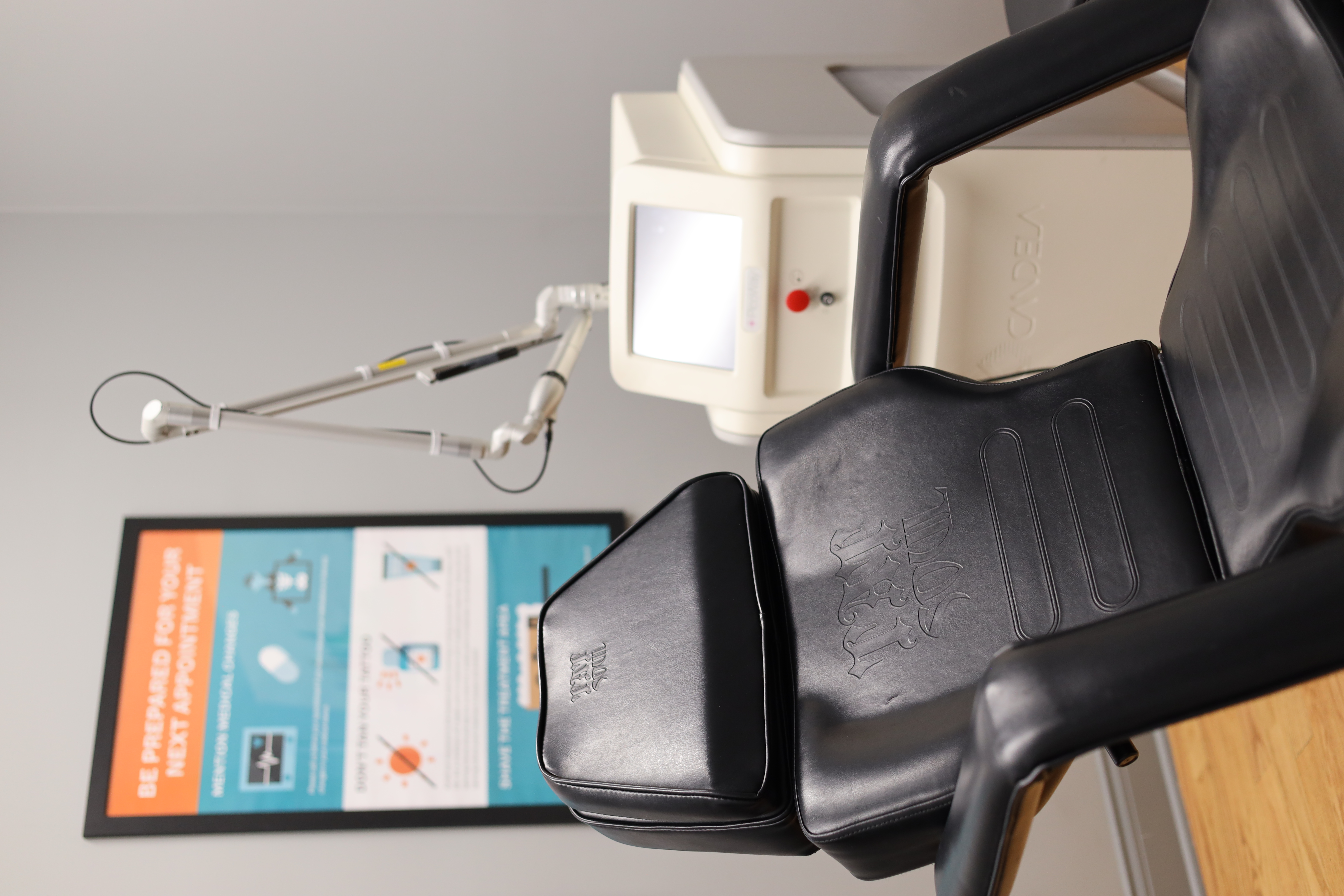
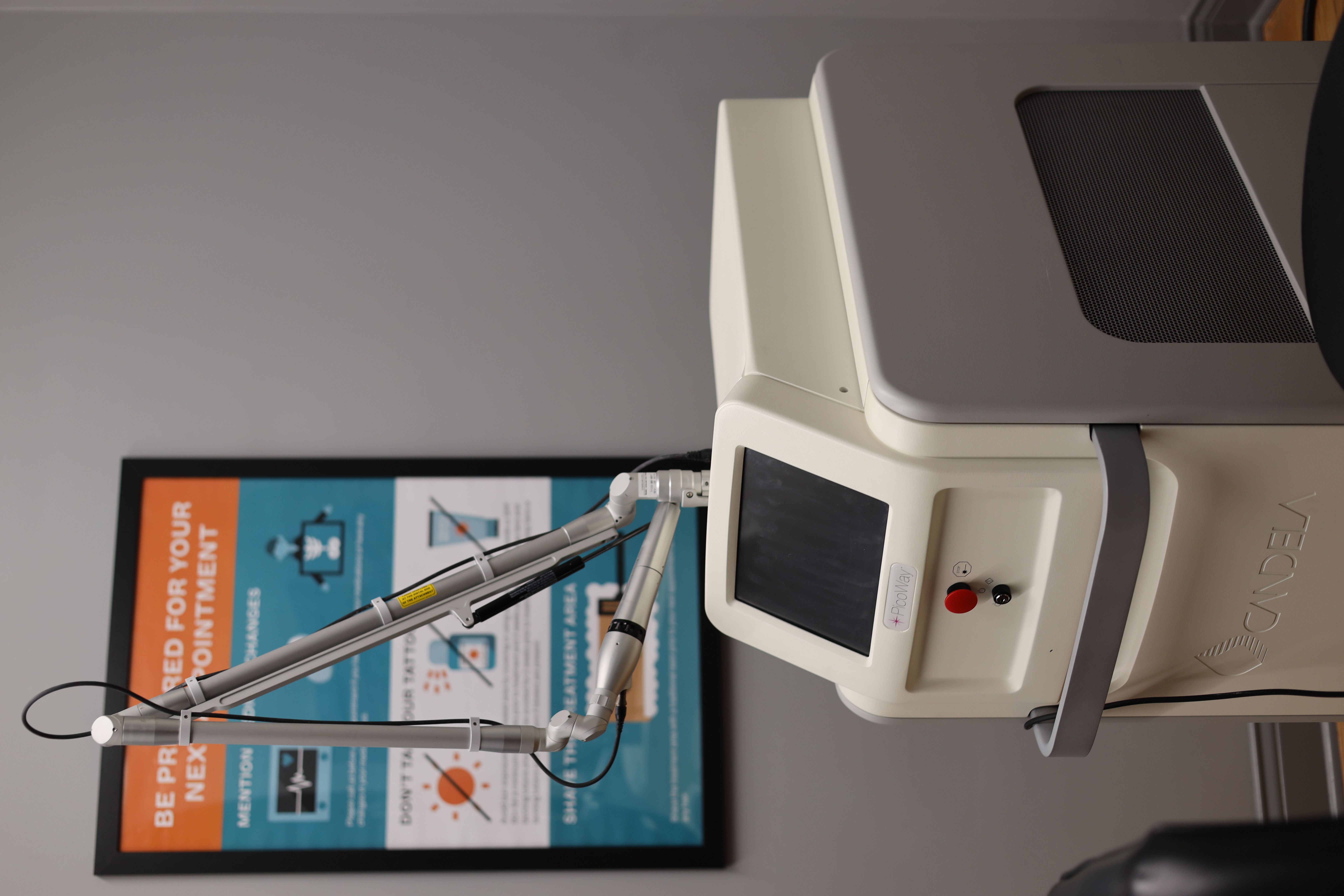
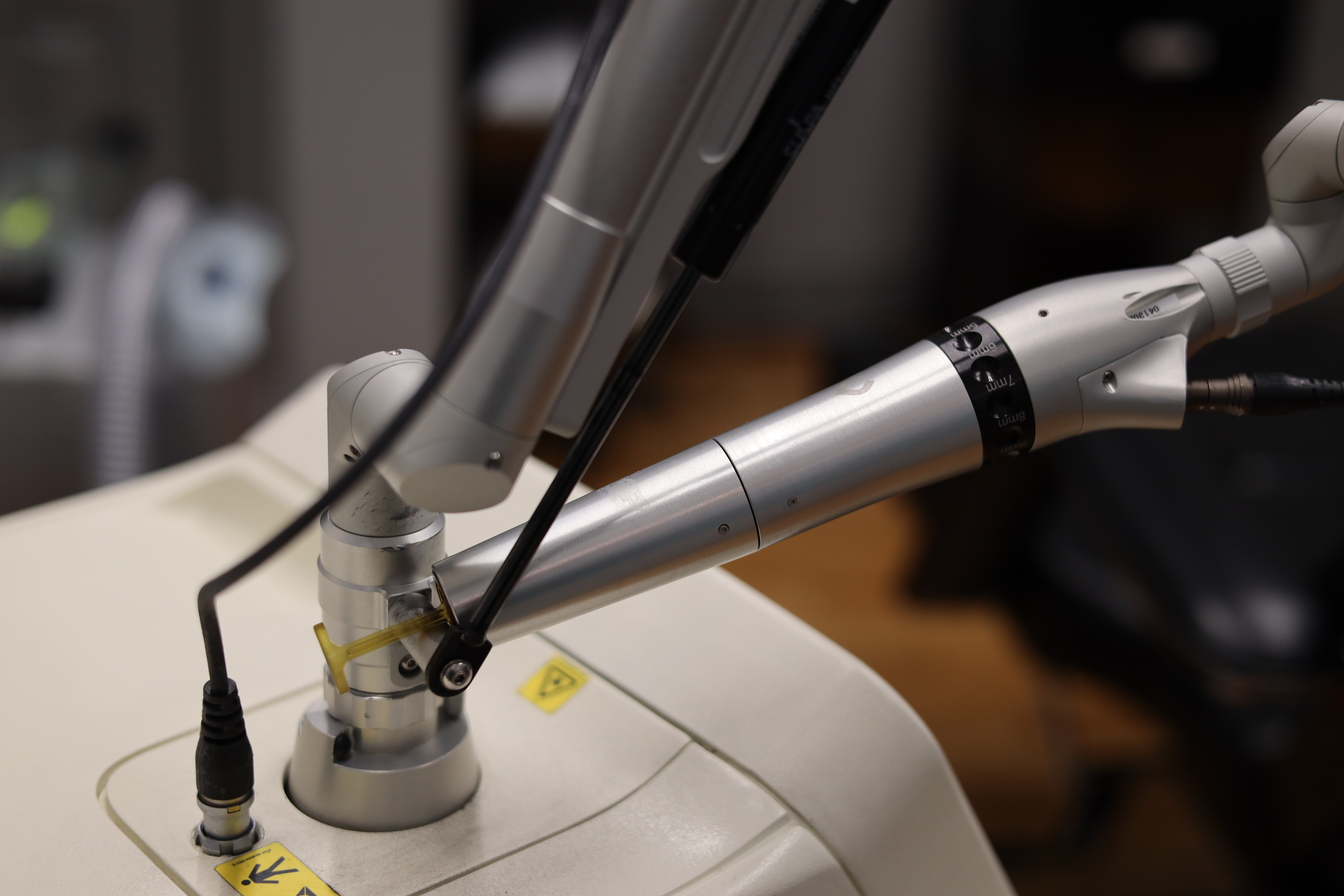
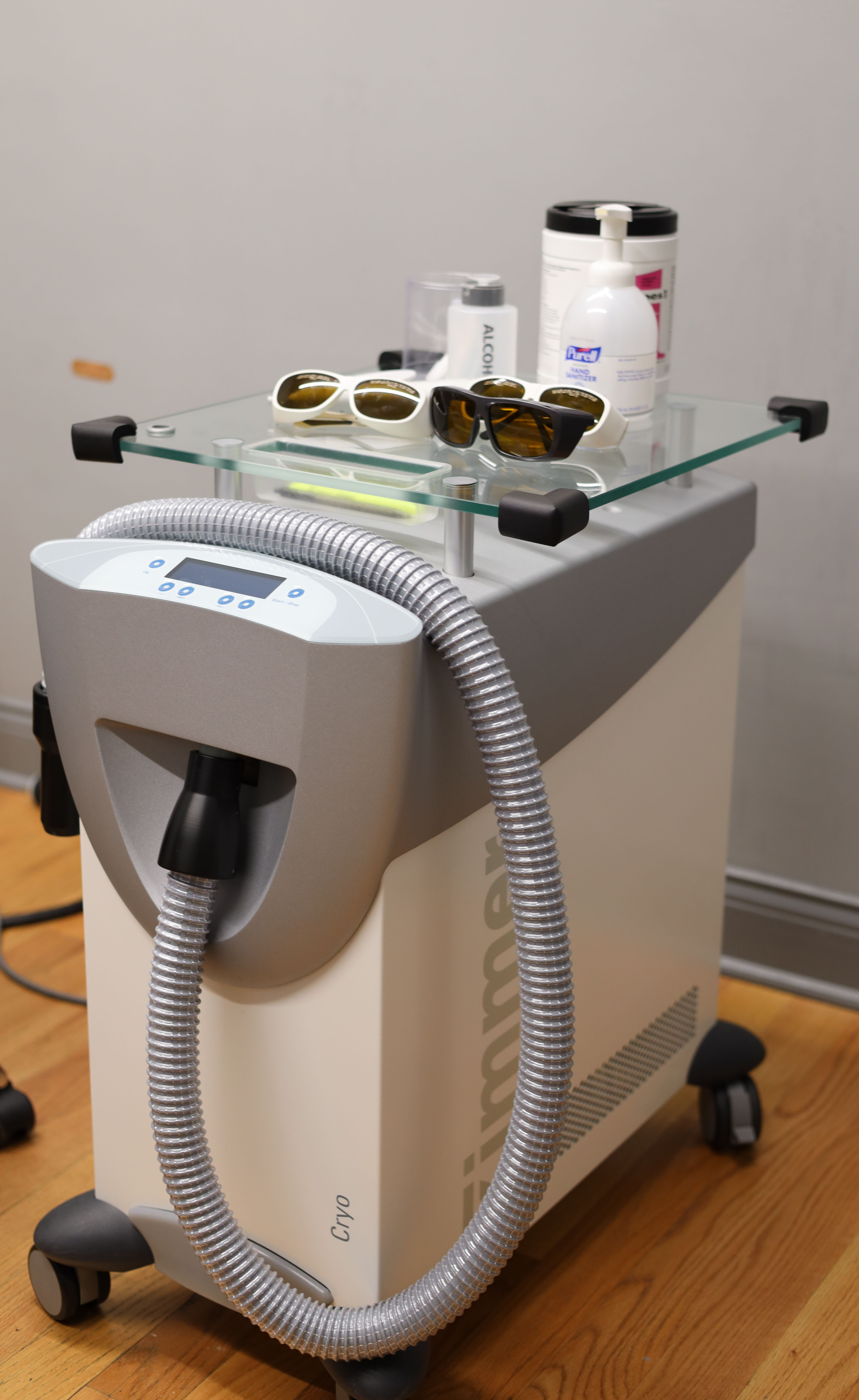

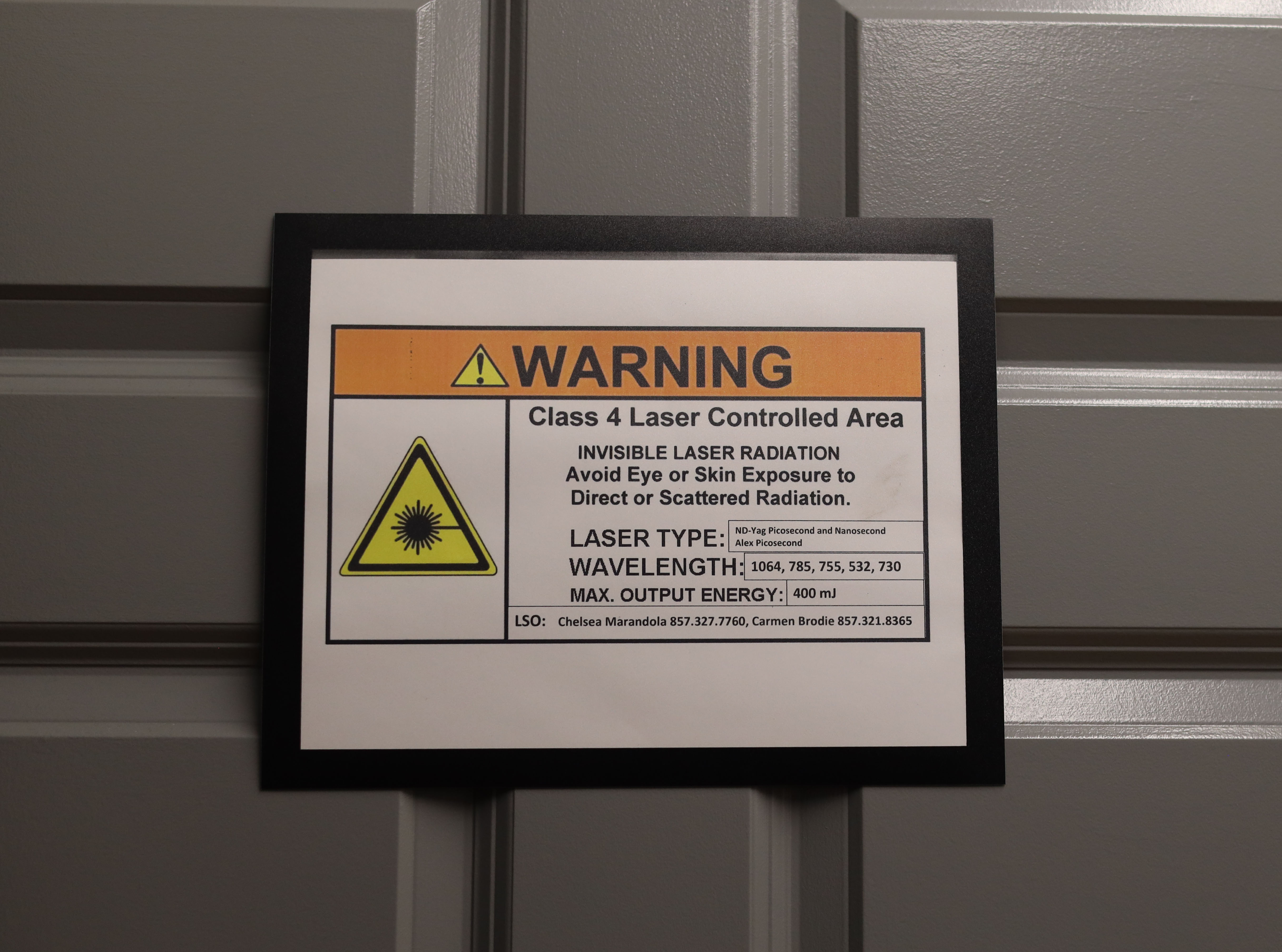

NO COMMENT